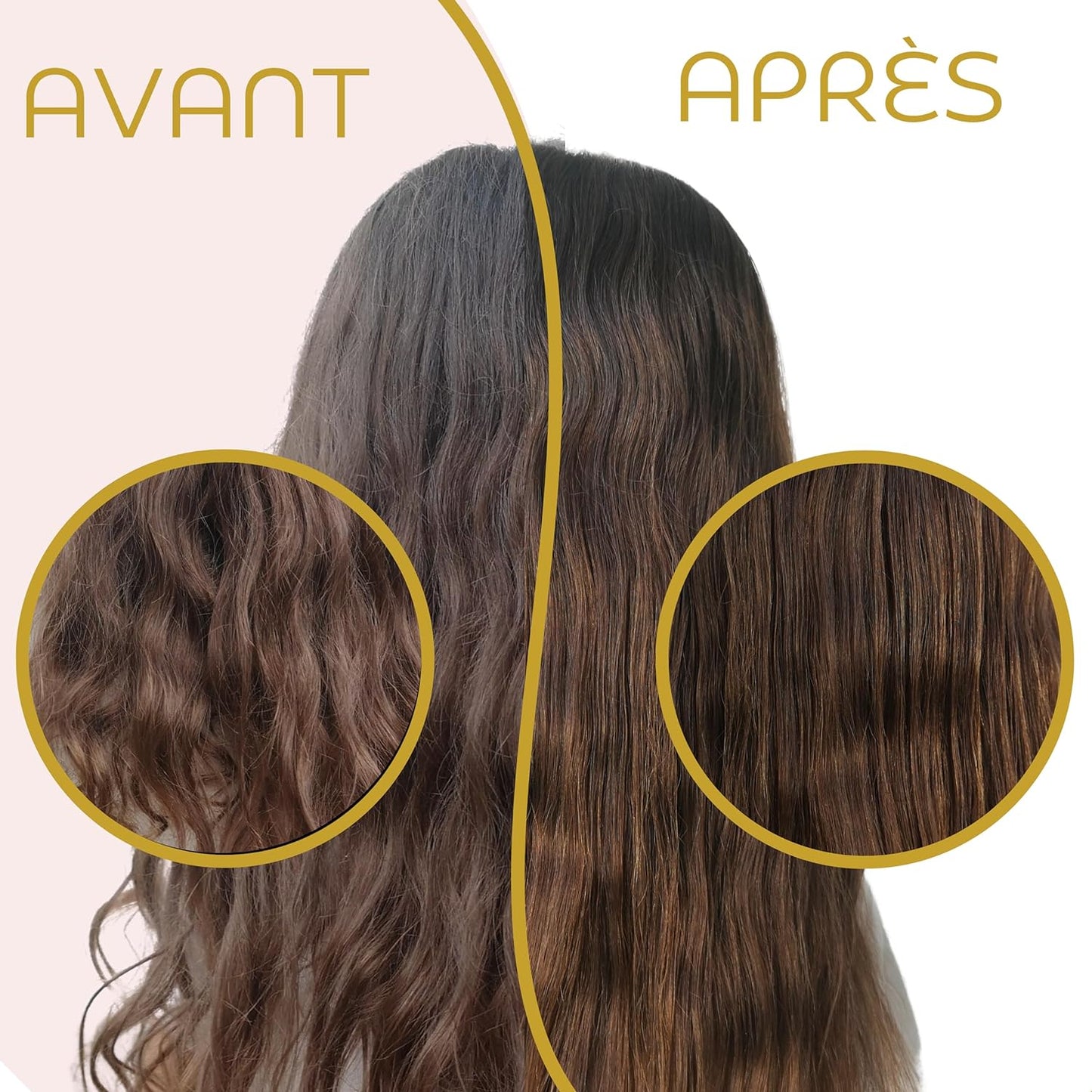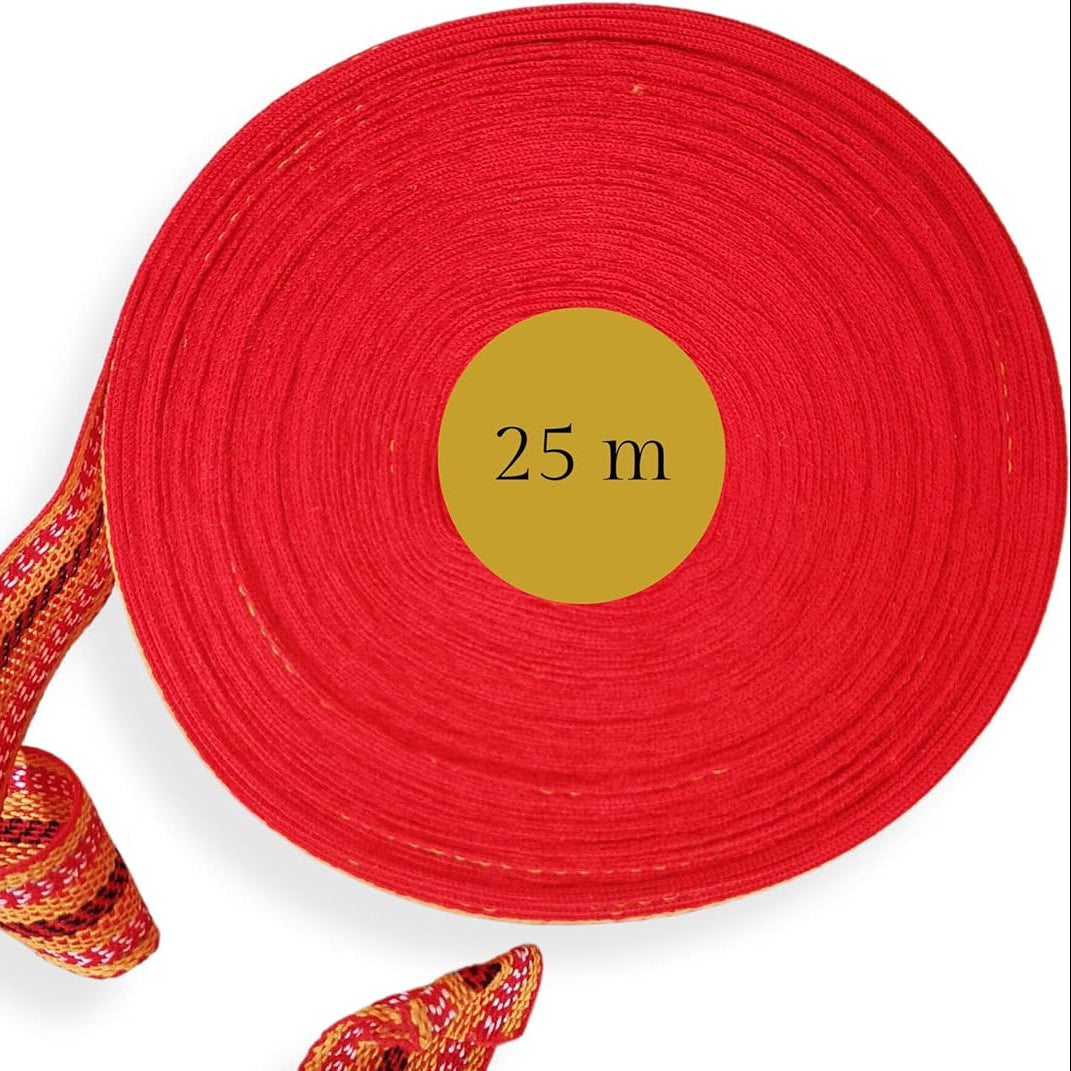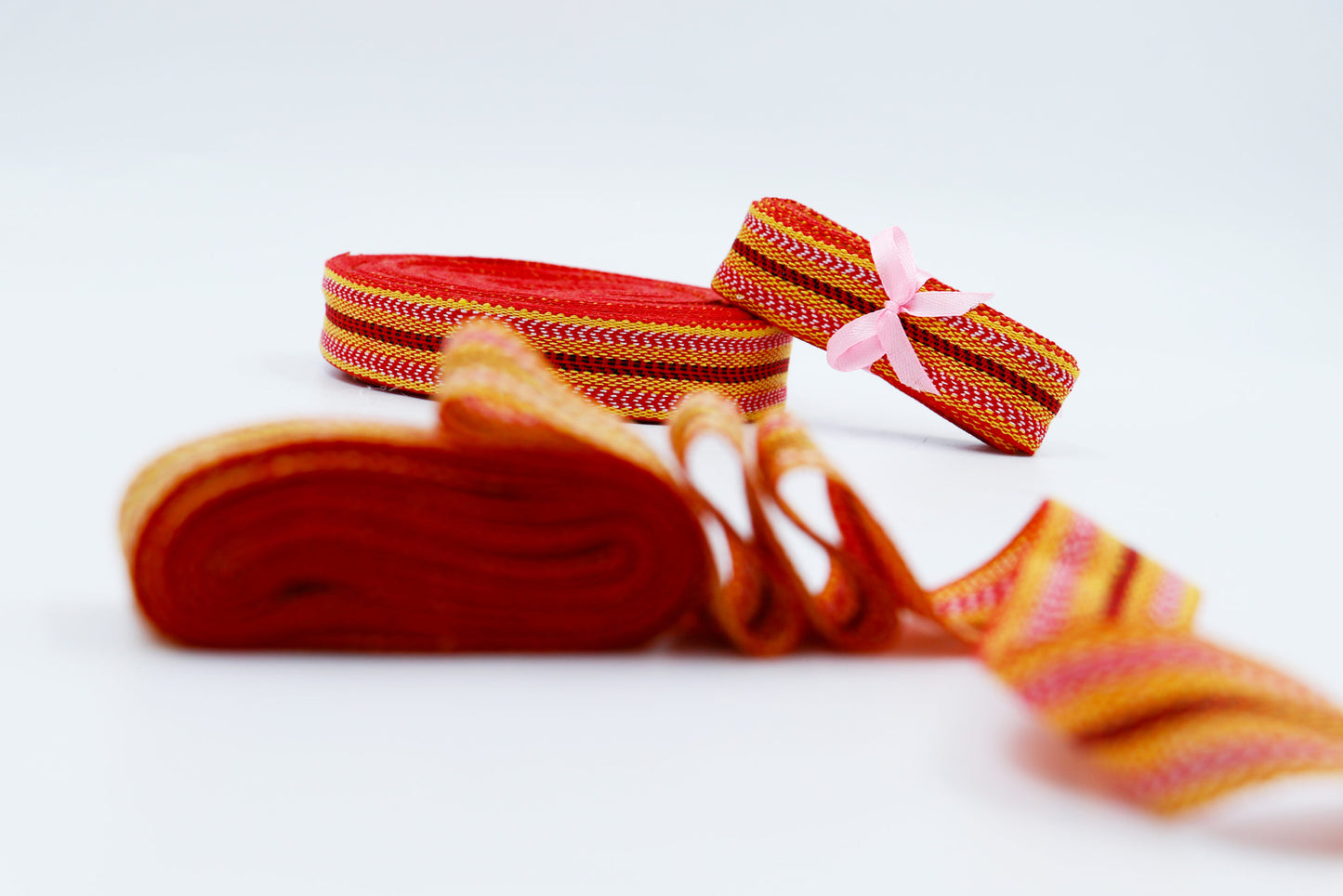kardoune
20 Authentic Kardoune - Lot for Reseller Natural Smoothing Without Straightener
20 Authentic Kardoune - Lot for Reseller Natural Smoothing Without Straightener
Couldn't load pickup availability
Kardoune Lot for florist resellers, hairdressers, specialist shops, hairdressing shops, Afro shops; natural shops online or with point of sale; traveling resellers; Recommended retail price per item: between €10 and €15
Fast delivery via La Poste or Mondial Relay for Europe
Weight: 2 kilos (100 grams per item)
The kardoune is more than just a beauty accessory; it is a tradition rich in benefits for your hair. In this article, we reveal how to get the most out of your kardoune and answer the most frequently asked questions about this wonderful product.
The Origin of Kardoune: A Cultural Heritage
The kardoune is a treasure inherited from a rich tradition. Let's dive into history to discover its origin and how it became an essential part of the hair routine of many people around the world.
The Traditional Roots of Kardoune
The kardoune has its origins in Maghreb culture, more precisely in Algeria. This beauty accessory is a long ribbon of fabric used for centuries by women to take care of their hair. The use of the kardoune is passed down from generation to generation, incorporating the secrets of natural beauty and the preservation of hair health.
Historically, the kardoune was used not only as a means to smooth hair and make it look beautiful but also as a cultural symbol. It represented an important part of the heritage and identity of women in the Maghreb region. Thanks to its effectiveness, the kardoune has crossed borders and eras, gaining popularity in many other countries.
The kardoune is traditionally made from natural fibers or organic vegetable cotton from southern Algeria, which makes it particularly suitable for hair care. Its use reflects a respect for natural methods and a preference for gentle and respectful solutions for hair health. The specific method of wrapping the kardoune around the hair, avoiding heat and harsh chemicals, is a living testimony to the ingenuity of traditional beauty practices.














